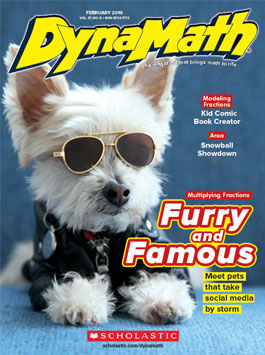Imagine a classroom where children are not only engaged, but so eager to learn that you hear groans of disappointment when class time runs out. This is not a dream but a reality for a 3rd grade math classroom in my district.
As a 3-5 elementary instructional math coach, I am always looking for new ways to approach teaching math skills in a guided math classroom. In our district, teachers are expected to teach with a learning station rotation model in order to differentiate math ability groups.



